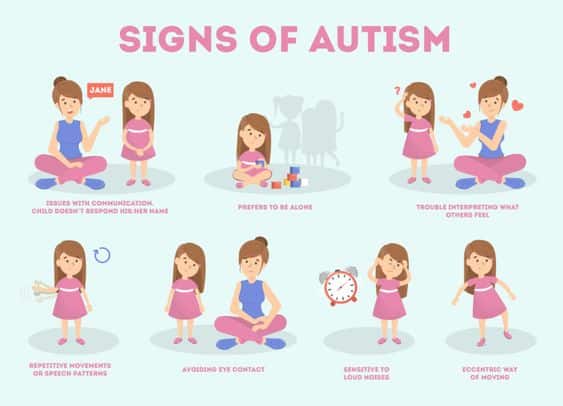AOSI operates by assessing specific behaviors that might indicate autism in young children. Let’s break down how it works and see some examples:
| Aspect |
Description |
| Attention Disengagement |
Difficulty in shifting gaze or attention from one object to another. |
| Visual Tracking |
Struggling to follow moving objects with their eyes. |
| Social Engagement |
Lack of interest in social interactions or difficulty responding to social cues. |
| Repetitive Behaviors |
Repetitive movements or actions like hand-flapping or spinning. |
| Imitation Skills |
Difficulties in mimicking actions or facial expressions. |
In essence, AOSI helps identify early signs of autism, providing the chance for timely interventions, which could significantly enhance the child’s development and learning skills.
This post was originally published on March 31, 2023. It was updated on March 21, 2024.














